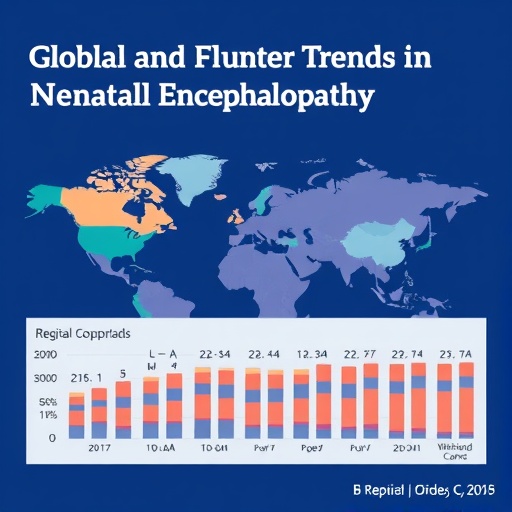
Credit: UCLA Health
FINDINGS
Private insurers covering people receiving treatment for dialysis paid four times more than government insurance programs such as Medicare paid for the same service. The study found that government programs paid, on average, $248 per dialysis session, compared with $1,041 per session for people with private insurance.
BACKGROUND
Medicare covers treatment for all dialysis patients, not just those 65 and older. Medicare pays a fixed rate for dialysis care. However, if patients have private insurance, such as through their employer, the dialysis treatment is paid by the private insurer instead of Medicare. Unlike Medicare, private insurers must negotiate with dialysis clinics on the prices they will pay.
Two for-profit companies, DaVita and Fresenius Medical Care, control about 75 percent of the U.S. dialysis market. DaVita alone controls 37 percent of the market, operating more than 2,500 U.S. clinics, the researchers say.
METHOD
The researchers reviewed DaVita’s annual financial statements from January 2010 to December 2017 filed with the U.S. Securities and Exchange Commission. They limited their scrutiny to the company’s “dialysis and related lab services” segment, which includes outpatient hemodialysis, peritoneal dialysis and inpatient dialysis.
The study has some limitations. For instance, some private insurers may pay more or less than the averages listed above, and the results may not apply to for-profit or not-for-profit dialysis providers other than DaVita.
IMPACT
Previous research has shown that the prices paid for medical care in the United States are higher than all other developed nations. This study corroborates these findings in the dialysis market and could lead to policies that reduce the prices paid, in particular by private insurers.
AUTHORS
The authors are Dr. Christopher Childers, Dr. Jill Dworsky and Dr. Melinda Maggard-Gibbons of the department of surgery, David Geffen School of Medicine at UCLA; and Gerald Kominski of the UCLA Center for Health Policy Research in the UCLA Fielding School of Public Health.
JOURNAL
The study is published in JAMA Internal Medicine.
FUNDING
The Agency for Healthcare Research and Quality in the Department of Health and Human Services funded this study.
###
UCLA RESEARCH BRIEF
Enrique Rivero | May 13, 2019
Media Contact
Enrique Rivero
[email protected]
Original Source
http://newsroom.





